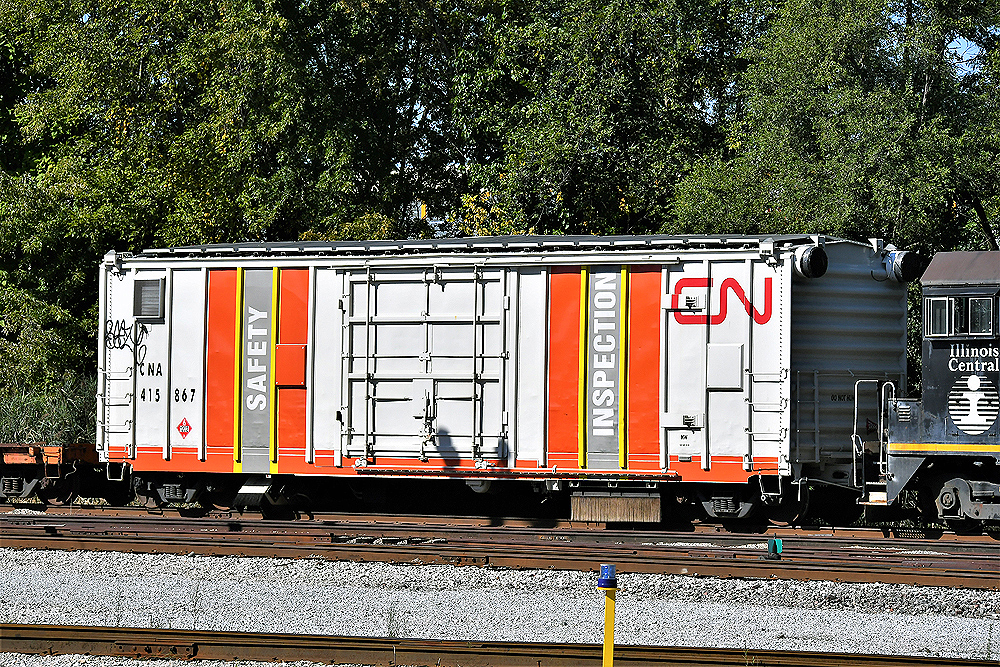
WASHINGTON — The Association of American Railroads has asked the Federal Railroad Administration to allow less frequent visual track inspections in territory where automated track inspection systems are used.
“The primary benefit of using automated inspection technologies is earlier detection of track defects enabling railroads to switch from reactive to preventative maintenance practices. A strictly visual approach to inspections results in defects only being addressed when they become apparent to an inspector observing the track,” the AAR said in the safety waiver petition it filed last month.
The AAR said that using track geometry measurement systems in conjunction with less frequent visual inspections allows railroads to redeploy track inspectors to areas where the automated systems have discovered defects and developing track problems. A reduced visual inspection schedule also allows track inspectors to focus their efforts on switches, diamonds, and rail joints.
Railroads are permitted unlimited use of automated track inspection systems that rely on lasers, machine vision, and other technology to find track geometry defects. But without a waiver from the FRA, railroads cannot simultaneously scale back the required frequency of visual inspections of main lines where the automated systems are deployed.
Waivers allow railroads and the FRA to collect as much data as possible, compare the results with current practices, and then update regulations or draw up new rules.
The Class I railroads ran pilot programs under FRA safety waivers granted during the first Trump administration that allowed them to reduce the frequency of required visual track inspections in conjunction with automated inspections. Under the Biden administration, the FRA either denied requests to extend the waivers or simply let them expire.
“The defect ratio for the track subject to pilot programs and waivers prior to the start of those programs and waivers was 3.08,” AAR said. “As those programs and waivers progressed and enhanced track geometry inspections occurred, the defect ratio on that track was reduced to 0.24 (over the life of the programs).”
AAR also noted that in BNSF Railway’s pilot program, automated track inspection systems found 200 track geometry defects for every one identified by visual inspection.
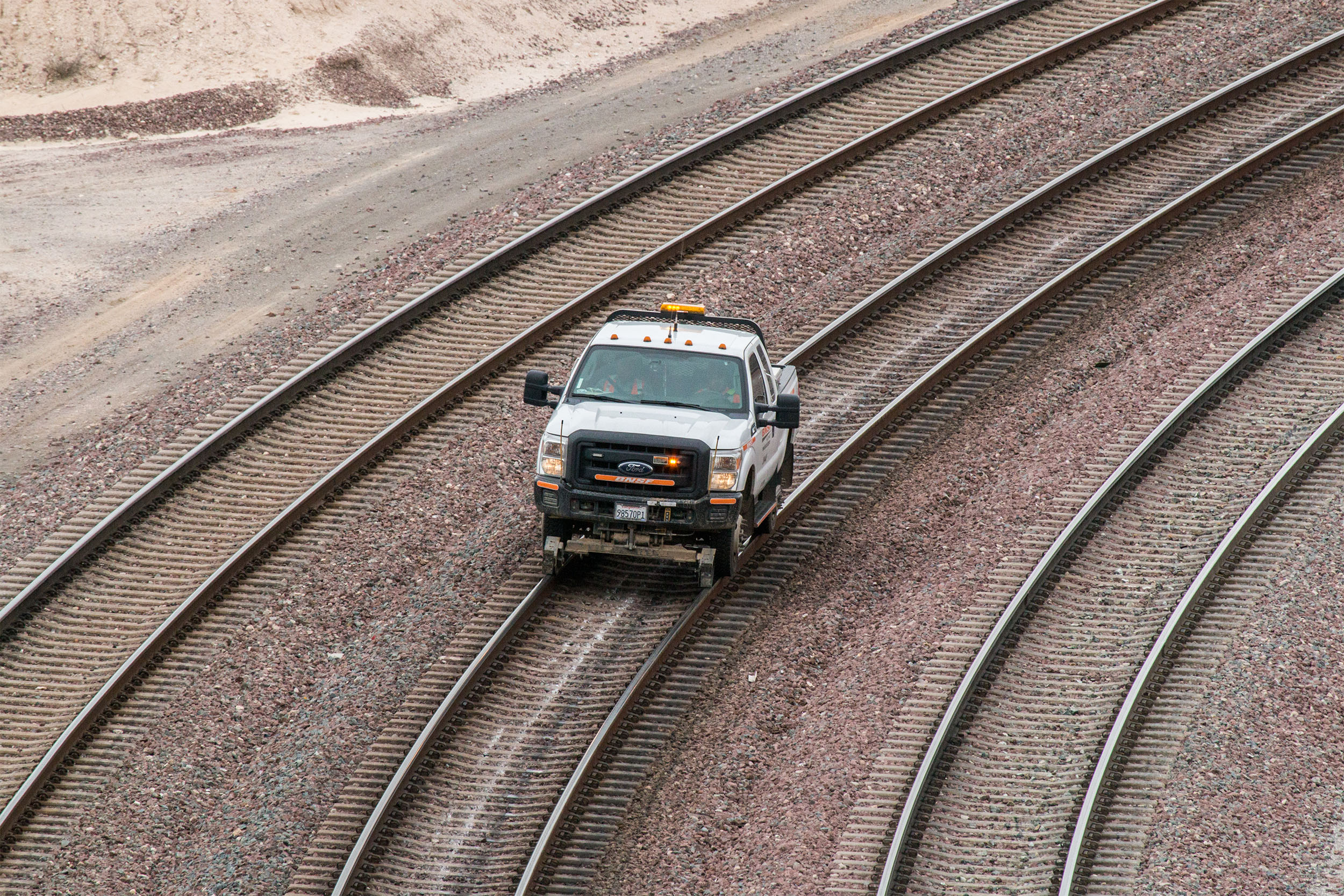
In its waiver request, AAR proposes an inspection standard that involves at least one automated inspection per month. On territory covered by automated inspections, each main track and siding also will be traversed by a hi-rail vehicle or inspected on foot at least once a month, and each main track and siding will be visually inspected at least twice per month. (A visual inspection can be performed from an adjacent track.)
FRA regulations mandate weekly or twice-weekly visual inspections, depending on the class of track.
The FRA is accepting comments on the AAR proposal through June 8.
But leaders of the Brotherhood of Maintenance of Way Employes and the Transportation Trades Division of the AFL-CIO have requested a 60-day extension of the comment period.
“Given the sweeping nature of this waiver request and its potential implications for rail safety, BMWED believes the currently allotted 30-day comment period is not sufficient for stakeholders to analyze the petition thoroughly, consult with subject matter experts, and collect relevant operational and safety data necessary to formulate meaningful, informed public comments,” Roy Morrison, the union’s director of safety, wrote in a letter to the FRA last week.
TTD President Greg Regan told the FRA that, “Current visual inspection regulations exist for a reason, and the consequences of efforts by the industry to avoid adhering to them must be thoroughly examined. A 60-day extension would allow for the necessary level of analysis.”
In comments filed in previous waiver requests, unions argued that the success of automated inspection technology did not justify a reduction in the mandated manual visual track inspections, which cover a broader range of track and right-of-way conditions.






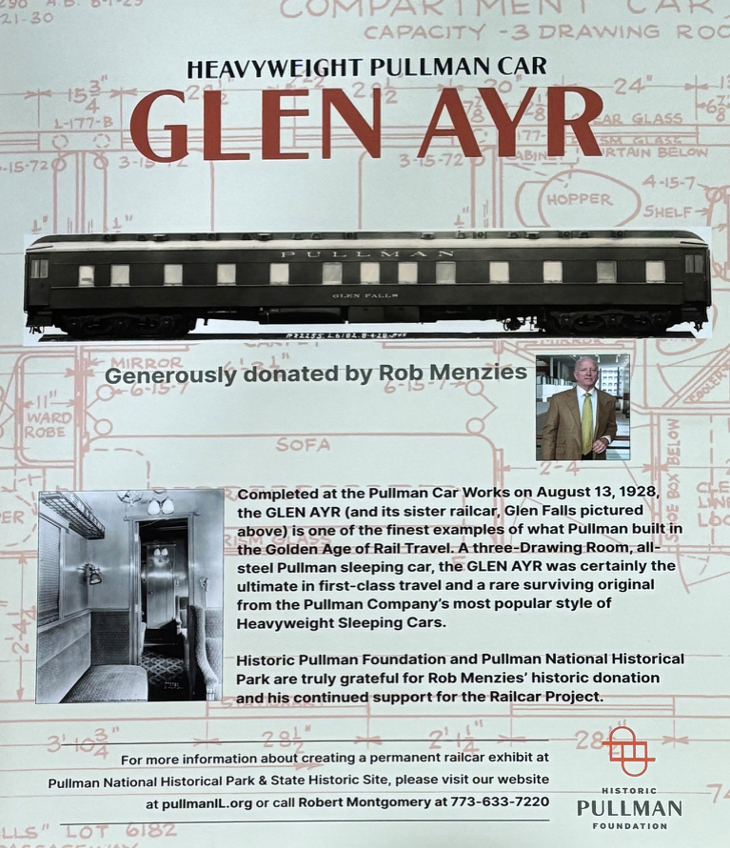
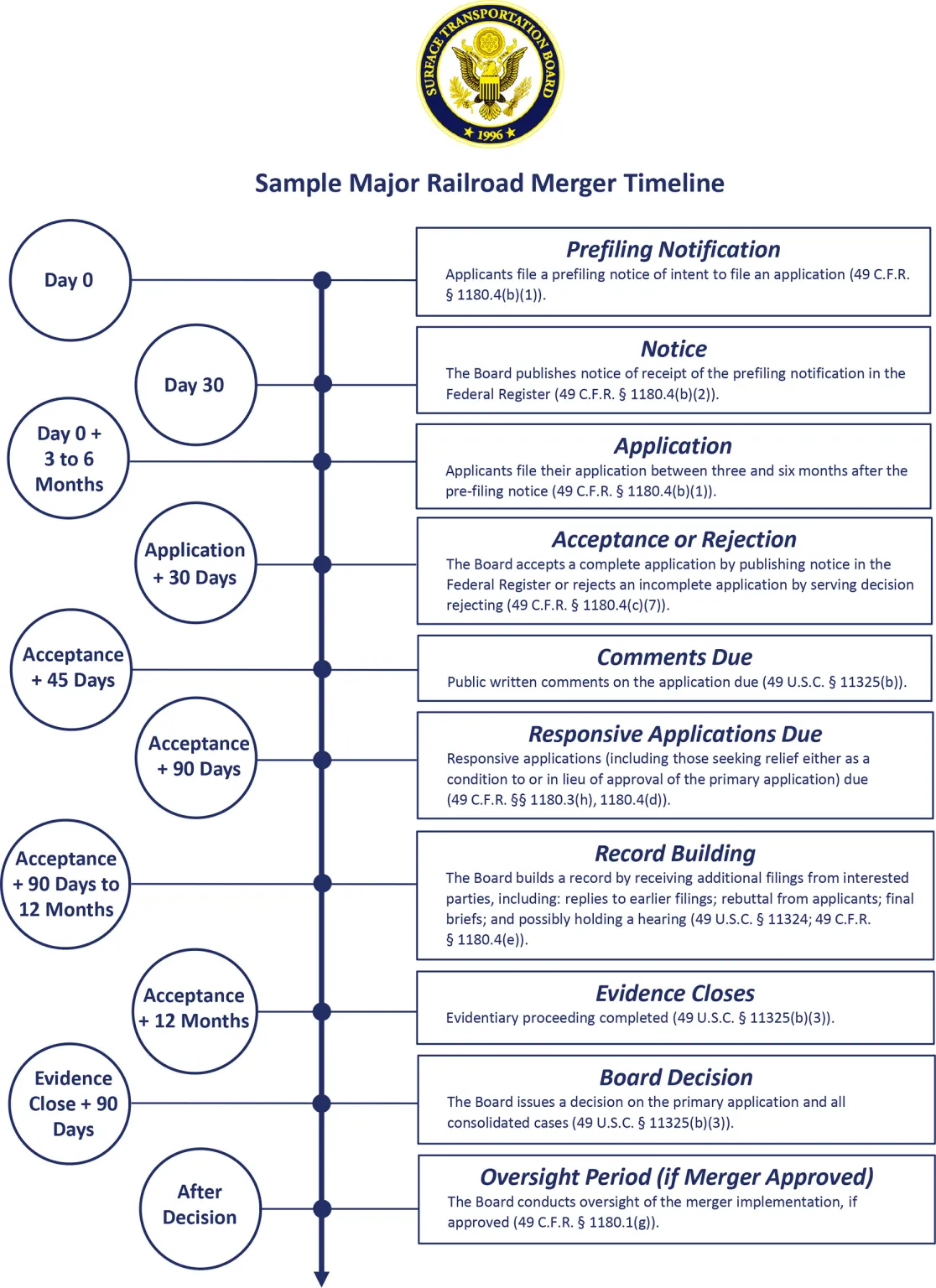



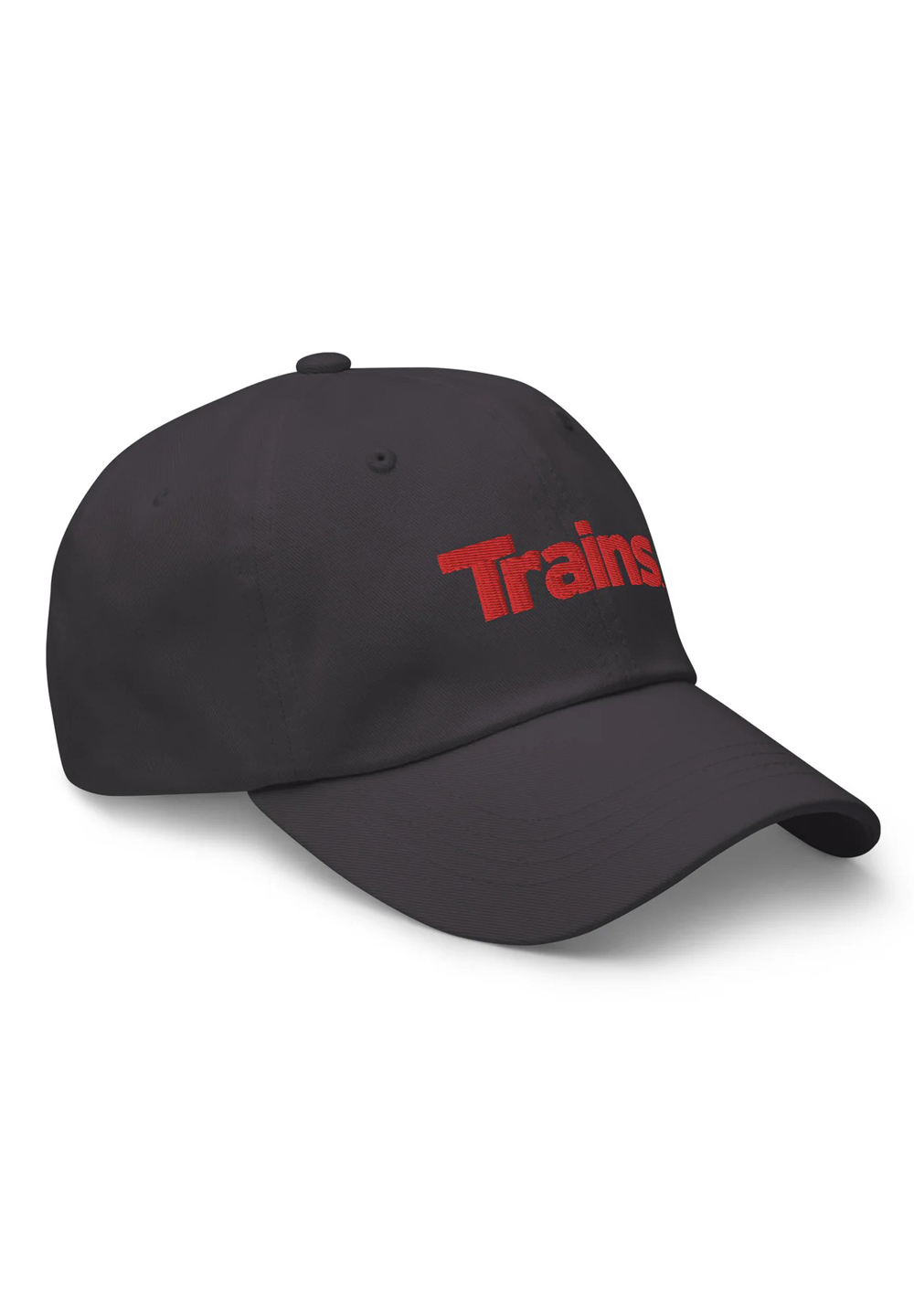
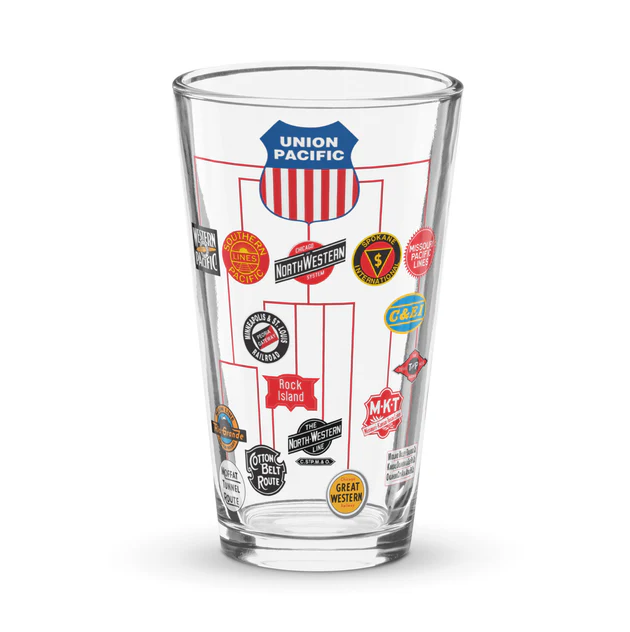
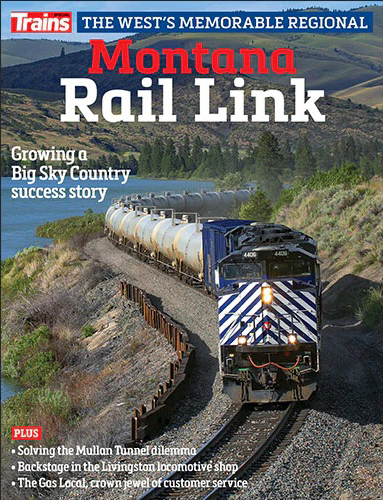
tech is good but stll need boots on the ground sounds like wall street again cutting jos and saftey for bottom line